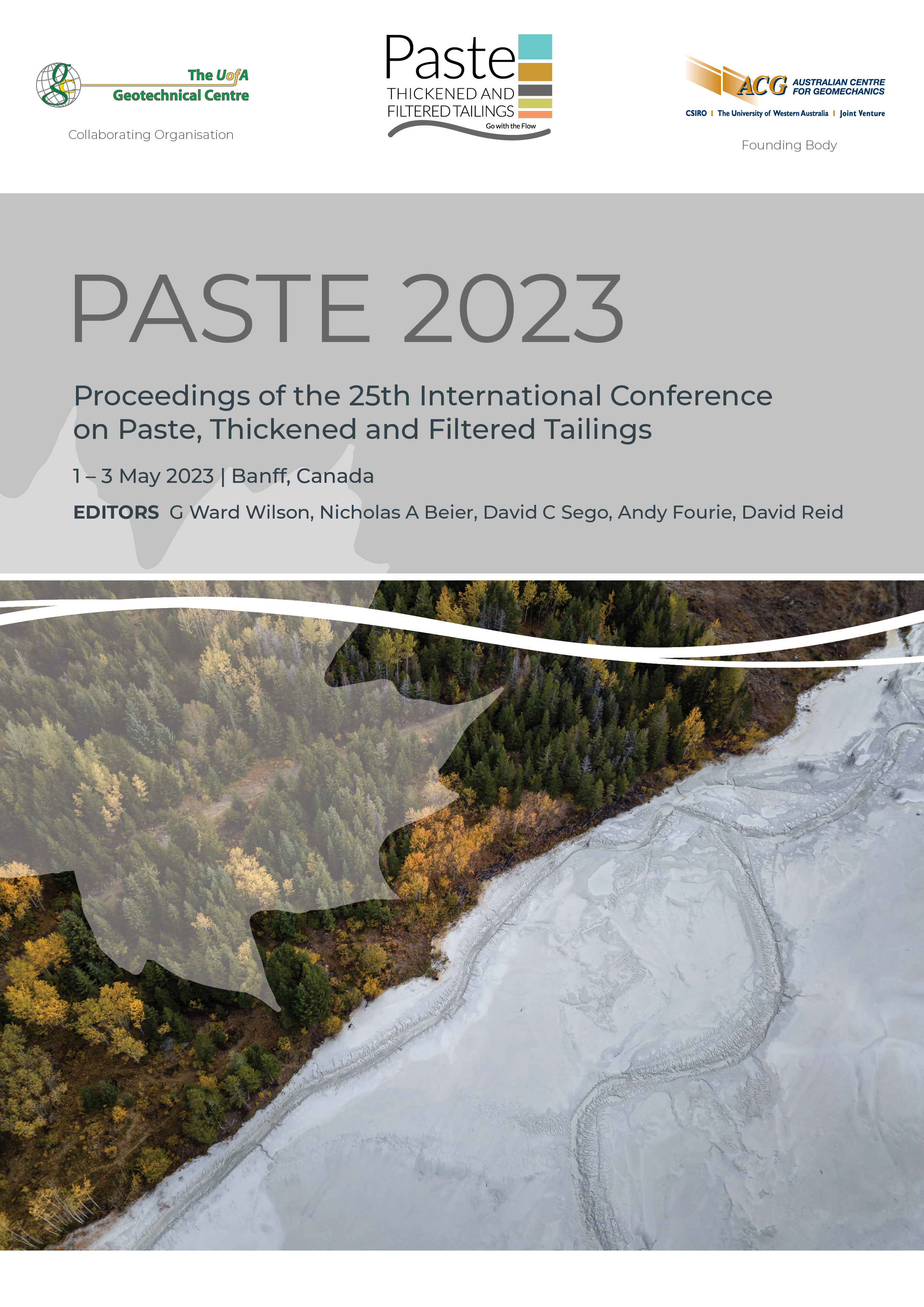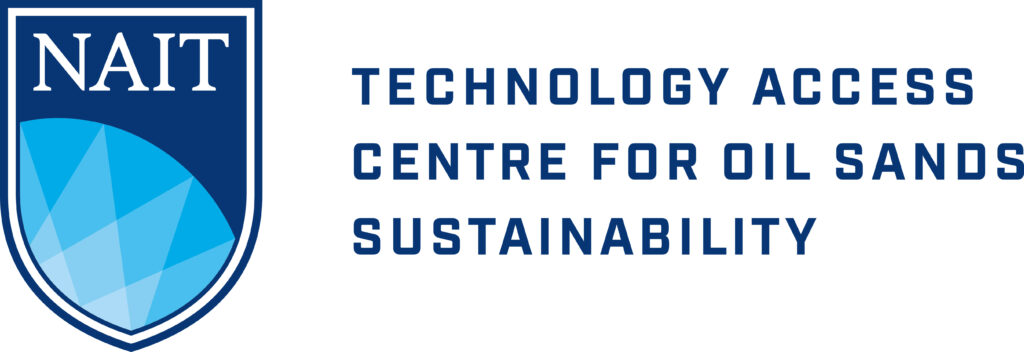Hydraulic design of a thickened tailings gravity discharge and distribution system

|
Authors: Riquelme, C; Mirdha, U; Lin, B |
DOI https://doi.org/10.36487/ACG_repo/2355_58
Cite As:
Riquelme, C, Mirdha, U & Lin, B 2023, 'Hydraulic design of a thickened tailings gravity discharge and distribution system', in GW Wilson, NA Beier, DC Sego, AB Fourie & D Reid (eds), Paste 2023: Proceedings of the 25th International Conference on Paste, Thickened and Filtered Tailings, Australian Centre for Geomechanics, Perth, pp. 743-751, https://doi.org/10.36487/ACG_repo/2355_58
Abstract:
It has become common practice for mining tailings to be thickened before being deposited in a tailings storage facility (TSF) to increase water reclamation, reduce overall footprint and comply with current environmental regulations. TSFs that impound thickened tailings (TT) typically consist of distribution systems along the TSF embankments or in the basin’s perimeter, defined by a deposition plan. These main deposition systems include linear distribution discharges or manifolds, a pressurised radial distributor or a distribution box with a series of spigots discharging over the TSF. Other deposition options may be considered for conditions where the site’s topographic surface is relatively flat or the basin is somehow constrained to allow for perimeter filling. For example, TT can be deposited within a TSF basin with a flat topography using spigots located on elevated discharge platforms that are relocated throughout the TSF’s life span. TT can either be discharged onto the TSF surface from the top or the bottom of these discharge platforms. The discharge platform is susceptible to abrasion when TT is discharged from the top of the platform. Alternatively, a hydraulic design challenge is introduced when TT is discharged from the bottom of the platform with the aid of gravity as the rising tailings could block the exit as deposition progresses. This paper provides a methodology that has been applied in large tailings projects with gravity distribution and discharge systems, and a design guide for its application in the industry.
Keywords: thickened tailings, gravity flow, tailings transport, spigots
References:
Abulnaga, B 2021, Slurry Systems Handbook, 2nd edn, McGraw Hill, New York.
Bazán, I 2020, ‘Design review for a distributed tailings deposition system’, in H Quelopana (ed.), Paste 2020: 23rd International Conference on Paste, Thickened and Filtered Tailings, Gecamin Publications, Santiago,
Darby, R, Mun, R & Boger, V 1992, ‘Prediction friction loss in slurry pipes’, Chemical Engineering, pp.116–119.
Pirouz, B & Williams, MPA 2007, ‘Prediction of non-segregating thickened tailings beach slope — a new method’, in R Jewell & AB Fourie (eds), Paste 2007: Proceedings of the Tenth International Seminar on Paste and Thickened Tailings, Australian Centre for Geomechanics, Perth, pp. 315–327.
Pirouz, B, Javadi, S & Seddon, K 2020, ‘Comparison between linear and central distribution system for thickened tailings stacking’, in H Quelopana (ed.), Paste 2020: 23rd International Conference on Paste, Thickened and Filtered Tailings, Gecamin Publications, Santiago,
Riquelme, C 2020, ‘Comparative study of non-Newtonian thickened tailings in function of water recovered for a specific energy consumption’, in H Quelopana (ed.), Paste 2020: 23rd International Conference on Paste, Thickened and Filtered Tailings, Gecamin Publications, Santiago,
Shu JJ & Zhou, JG 2006, ‘Characteristics of a hydraulic jump in Bingham fluid’, Journal of Hydraulic Research, vol. 44, no. 3,
pp. 421–426.
Thomas AD & Wilson KC 1987, ‘New analysis of non-Newtonian turbulent flow, yield power law fluids’, The Canadian Journal of Chemical Engineering, vol. 65, pp. 335–338.
© Copyright 2025, Australian Centre for Geomechanics (ACG), The University of Western Australia. All rights reserved.
View copyright/legal information
Please direct any queries or error reports to repository-acg@uwa.edu.au
View copyright/legal information
Please direct any queries or error reports to repository-acg@uwa.edu.au



